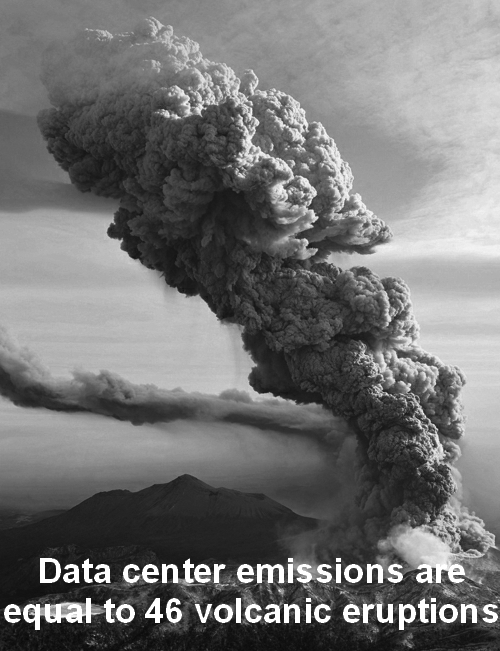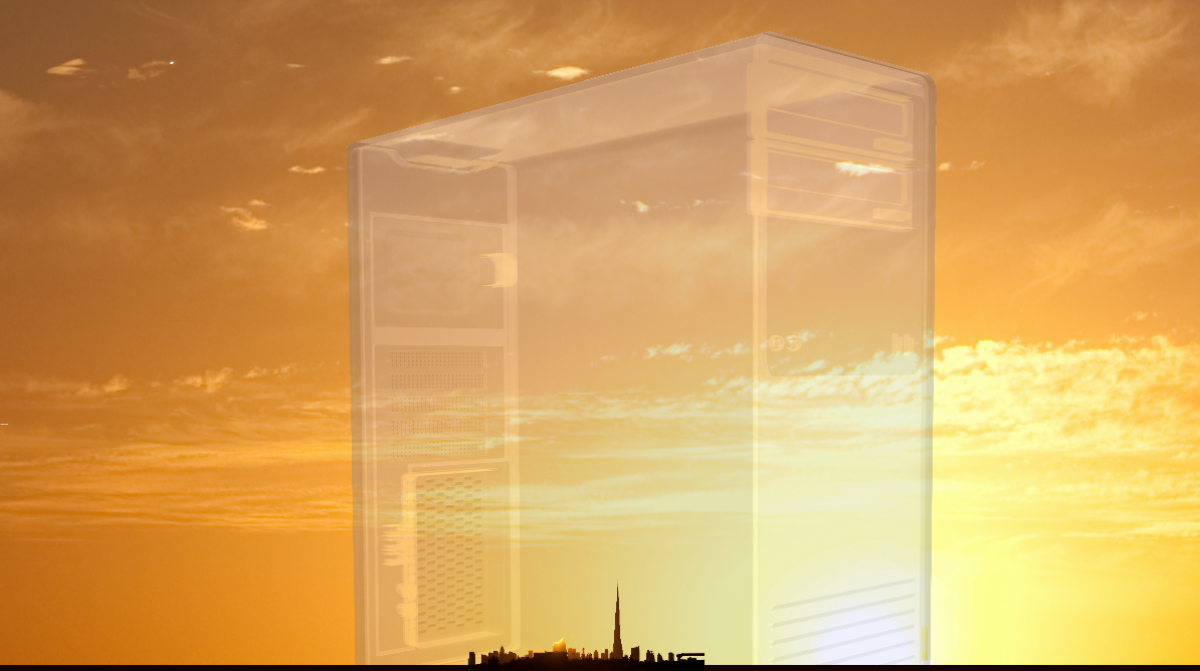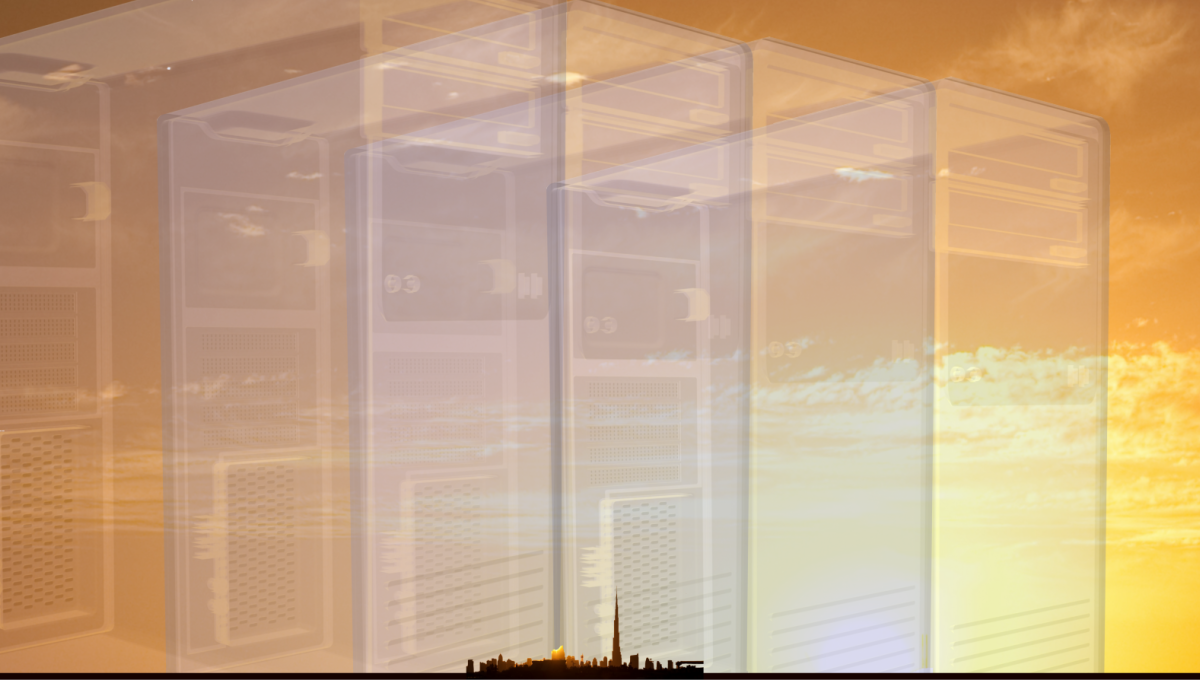“The internet really is the birth of Global Mind”
Calculate the footprint of the internet? Am I serious? Well, actually, yes! The results might surprise you!
To support the efforts of a client, we recently wanted to calculate the carbon footprint of the the internet as well as the typical website. The exercise offered an interesting side journey so we thought we would share the outline with you.
The place to start is at the top. The global electrical consumption. It’s a big number: 20,000 Terawatt hours, or 20 trillion kilowatt hours.
According to a study by Jon Koomey of Stanford University, (video here) the internet and related components is likely responsible for 10% of worldwide electricity consumption. That number, however, is comprised of a number of components such as our home computers, desk tops, tablet connectivity, etc. Koomey’s research indicates that the places where our websites live – data centers – consume between 1.1% and 1.5% of the world’s electricity.
As a percentage, 1.3% does not sound too bad! That means that the world’s data centers consume approximately 300 million megawatt hours of electricity annually. That is still a big number to understand. Putting it into perspective, it is equivalent to the power consumed by 21.8 million American homes, or roughly 18% of all homes in the country.
The total carbon footprint of that level of electricity consumption is 351 billion pounds of CO2 emissions annually. And exactly how much is that, you might be wondering? It is the equivalent of the greenhouse gas emission of 46 volcanic eruptions.
The internet is responsible for 12 Trillion cubic feet of Greenhouse Gas emissions annually.
That level of CO2 emission occupies a volume of atmosphere of 3.2 trillion cubic feet. Imagine a cube that is just a bit shy of 3 miles on each side. That is how much greenhouse gas third party data centers put into the atmosphere annually. The total impact of the internet, including user PC's and access networks is roughly four times that, with a greenhouse gas emission of 12 trillion cubic feet annually. Those man-made emissions will remain in our atmosphere for a century or more.
Thankfully, there are technology folks out there who are studying this and developing resources to help us reduce our energy usage in our virtual world. One good resource we’ve found is the Sustainable Product Development Manifesto by Mightybytes that we think many webmasters could benefit from. By streamlining our websites, we reduce the energy consumption of our virtual life, and ultimately that helps to reduce our personal, organizational, and collective carbon footprint. The more each of us can do to reduce our collective impact the more we truly make change personal.
Photo: Tonechootero via Flickr





